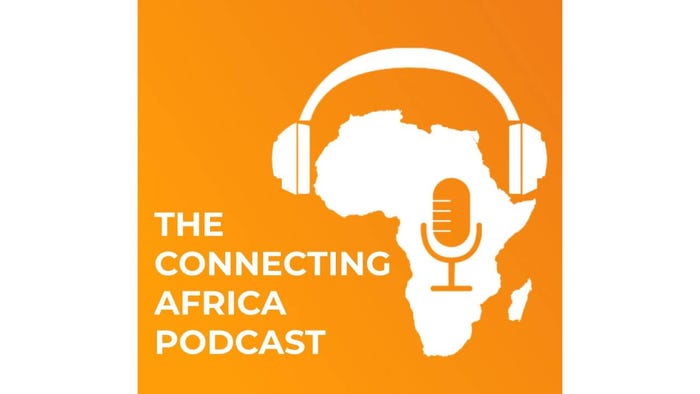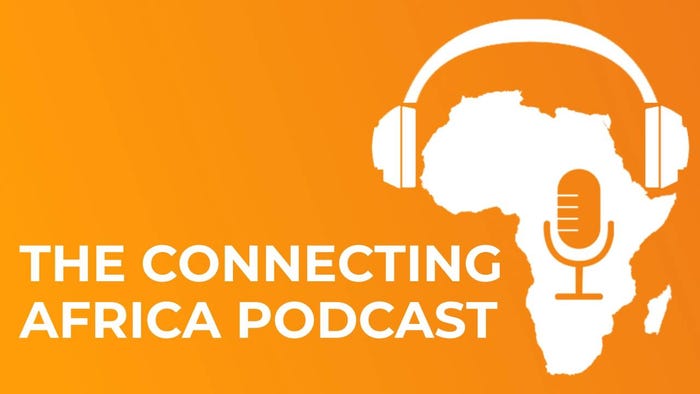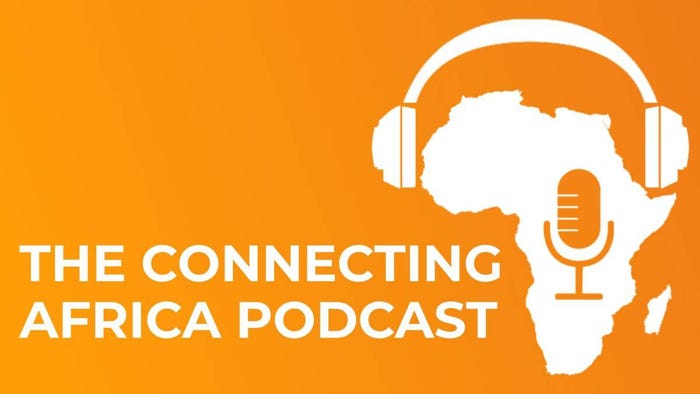Africa Racing Towards Gigabit Connectivity
Current FTTH broadband penetration may be limited in Africa, but there are signs of an ultra-broadband revolution made even more notable by the unique nature of some of its characteristics, notes Guy Zibi, principal at Xalam Analytics.
November 21, 2016

On the face of it, Africa is lagging well behind other regions in rolling out Fiber to the Home/Building (FTTH/B) technology. The African continent accounts for less than 1% of global FTTH connections, according to estimates collated for our upcoming report, "The African FTTH Boom*." There are fewer FTTH connections in all of Africa than in Singapore alone, and the UAE's FTTH base is almost twice as large as the entire African FTTH base.
Look a little deeper, however, and signs abound of an increasingly loud FTTH revolution in the African continent, one that is made even more notable by the unique nature of some of its characteristics. In Rwanda's capital city of Kigali, for example, any developer seeking to build a structure with a capacity of more than 100 people must show that it is connected to fibre to get an occupancy permit -- without fibre connection, the building sits empty.
Mauritius offers another example of progress. Africa's largest FTTH market in terms of connections, the island has a FTTH household penetration that is higher than that of most Western European markets. If operators can sustain their current pace of rollout, Mauritius's fibre household penetration will be in the global top ten by the end of 2017. Markets such as Nigeria and Kenya are leapfrogging ADSL and going directly to fibre for ultra-high speed broadband. In Kenya for example, more than 90% of non-mobile broadband connections rolled out over the past three years have been FTTH-based.
In South Africa, residents in the trendy Johannesburg suburb of Parkhurst, frustrated by the relatively limited capabilities of their ADSL and 3G connections, took matter into their own hands. The local resident and business owner association succeeded in getting service providers to submit bids to roll out fibre in the area and in return, committed to a minimum level of connections. A (then) small altnet called Vumatel won the bid, and proceeded to roll out FTTH. The Parkhurst model has since provided the blueprint for a uniquely South African grassroots-based approach to rolling out FTTH, with homeowner associations putting out tenders and getting fibre infrastructure providers to bid for the privilege to connect entire neighborhoods.
The connections are then made available at open access wholesale prices to retail broadband service providers who compete to sell services to residents. The movement has compelled the largest telcos to jump into the fray and accelerate their own FTTH rollout plans, lest they’d be left behind in the most lucrative segments of the market.
Sharp income disparities mean that the Parkhurst model cannot be applied universally. Besides bringing gigabit fibre to South Africa, however, its fundamental contribution has been to end large telco prevaricating around FTTH and kick off a race to roll out last mile fibre across the country's urban areas.
The rise of African FTTH goes beyond these top markets. In markets like Tanzania, Cameroon or Congo-Brazzaville, older, typically state-owned telcos that largely missed the mobile revolution see in FTTH (along with LTE) a unique opportunity to rejuvenate their businesses. With state support, many are rolling out fibre connections to home and businesses, all in markets where there is non-existent wireline access infrastructure.
The implications of these deployments are far-reaching. We project the total number of FTTH connections in Africa to triple over the next four years to reach around 1.7 million, and this with conservative rollout assumptions in ADSL-heavy Egypt. Further, our Africa broadband projections suggest that in at least a third of African markets, last mile fibre will surpass fixed wireless and ADSL to become the primary alternative to mobile broadband for home and business connectivity by 2020.
The FTTH boom is also upending traditional telco competitive dynamics. After nearly two decades of leading the way in African technology rollouts, the continent's largest telcos are lagging on FTTH. By our estimates, the top three mobile operators in most African FTTH markets generally control less than 20% of all FTTH connections (Mauritius is a notable exception). Short of major acquisitions, they run the risk of falling behind on fibre connectivity over the long run.
Obstacles remain, to be sure, from inadequate regulations around rights of way and wholesale markets to still expensive metro and interurban capacity in some countries. And yet, the African race towards FTTH is now inescapable; African FTTH, it is clear, is only getting started.
– Guy Zibi, Principal, Xalam Analytics
* "The African FTTH Boom -- How Last Mile Fibre Is Transforming the African Internet" -- A Xalam Analytics Report -- to be published later in November 2016
.jpg?width=700&auto=webp&quality=80&disable=upscale)
.jpg?width=700&auto=webp&quality=80&disable=upscale)
_(1).jpg?width=700&auto=webp&quality=80&disable=upscale)
_(1).jpg?width=700&auto=webp&quality=80&disable=upscale)


.jpg?width=700&auto=webp&quality=80&disable=upscale)
